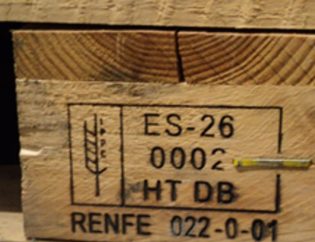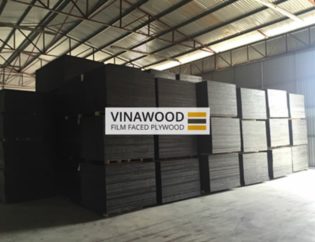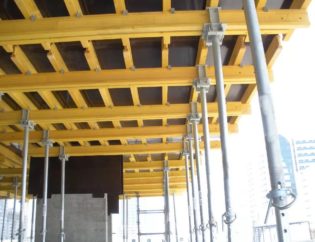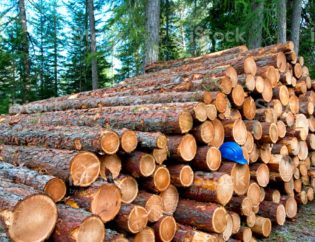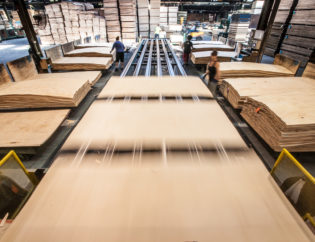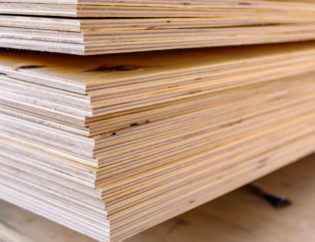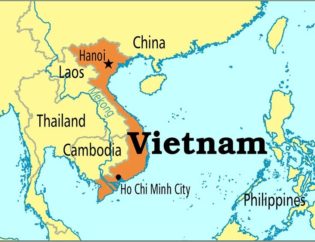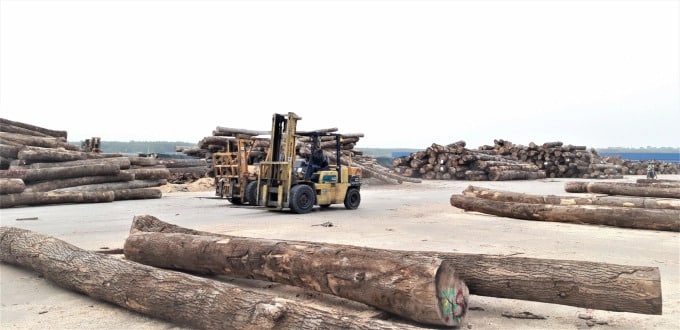
Nongnghiep – Shifting and expanding FDI investment is a great opportunity for Vietnam’s wood industry, but hiding many risks of trade fraud.
The control of the legality of imported timbers plays an important role in maintaining and developing Vietnam’s wood industry as well as implementing the Government’s commitments to the international community, said Tô Xuân Phúc, an official from the Vietnam Timber and Forest Product Association (VIFORES).
Phúc was speaking at a seminar on “Identifying and controlling risks in the import and export of wood products in Việt Nam”, jointly held by the VIFOREST and Forest Trends in Hanoi on Friday.
Phúc said that most of the tropical woods imported into Vietnam are logs and sawn timbers, mainly coming from about 20 countries and territories in Africa, especially from Papua New Guinea, and Laos and Cambodia.
“The annual supply of logs and sawn timbers from tropical timber sources to Vietnam is about 1.5 million cu.m, equivalent to 30 per cent of the total volume of logs and sawn timber imported to the country,” Phúc said.
However, he said most of the countries of Africa, Laos, Cambodia and Papua New Guinea have not met the criteria for the legal system of timber protection and not received the FAO-EU Forest Law Enforcement, Governance and Trade (FLEGT) Programme’s licence for operation.
They have not yet signed bilateral agreements with Việt Nam, as well as having no legal system ranked 1 on the implementation of the Convention on International Trade in Endangered Species of Wild Fauna and Flora (CITES). There are currently only 8 out of 22 African countries having this legal document system, and only 3 out of 22 African countries having the Worldwide Governance Indicators (WGI) ranking on government performance above zero.
At the seminar, experts agreed that the trade tension between the two powerful countries of the US and China has created an opportunity for Vietnamese exporters to expand their market shares in the US, partially replacing the goods from China that have been levied new taxes by the US government.
According to statistics, in the first seven months of this year, Vietnam’s wood products exported to the US reached US$3.23 billion, up 25 per cent year-on-year, accounting for 54 per cent of the country’s total export value.
The wood products exported to the US have a very high growth rate, including kitchen furniture up 156 per cent, other wooden furniture up 25 per cent, and furniture parts up 34 per cent. Of which, sofas and kitchen cabinets are rapidly increasing in export turnover.
According to an official from the Forest Trends, these figures are impressive but the two items are hidden signals on trade risks, especially in the state of origin.
This will happen when Chinese firms move their production to Vietnam. Instead of investing in production activities and using raw material supplies in Vietnam, these businesses can import finished goods or parts of goods into Vietnam. Activities in Vietnam are mainly assembly and completion. These products are then labelled of Vietnamese origin to export to the US – helping Chinese businesses avoid the high tariffs imposed by the US government on goods from China.
Chairman of VIFOREST Đỗ Xuân Lập emphasised that the effective control of trade fraud is the vital issue of the wood industry in particular and all economic sectors in general. “The fact shows that the US Government is investigating Việt Nam’s plywood products to check the status of “hiding behind Vietnamese enterprises” to evade commercial fraud.
“Relevant agencies should soon have specific policies to update information on all supply flows of tropical timbers, species, geographic zones and import requirements for businesses, identifying businesses sheltering behind Vietnamese businesses to avoid origin fraud,” Lập said.
Vietnam Plywood
Vietnam Film Faced Plywood


